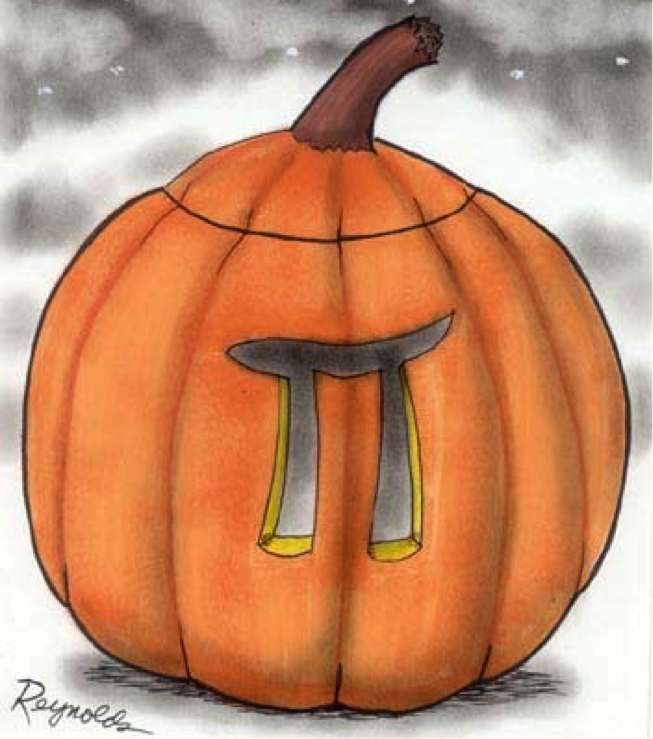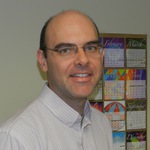2016 Haunted Lab
 JOIN US FOR THE
JOIN US FOR THE
PHYSICS HAUNTED LAB
From ghosts that appear when you wave a wand to a magic flying bat—there are plenty of reasons for every one of all ages to attend this free event!
Physics Department News
 JOIN US FOR THE
JOIN US FOR THE
PHYSICS HAUNTED LAB
From ghosts that appear when you wave a wand to a magic flying bat—there are plenty of reasons for every one of all ages to attend this free event!
Nick Fischer (‘17, student in Dr. Baruth's research group), was awarded the "Outstanding Undergraduate Research in Biomedical Sciences Award" from the Nebraska Medical Center. This was based on his oral presentation and abstract for the Nebraska Academy of Sciences annual meeting in Lincoln, NE on April 22.
Several exciting updates to the physics department degree programs have been approved by the College of Arts and Sciences.
Congratulations to physics department majors Carolyn Taylor and Caitlyn Ward for receiving 2016-2017 Clare Boothe Luce Scholarships!
Senior physics major Danielle Desa, and junior physics major Christina Miller have been invited to give talks at the 2015 Conference for Undergraduate Women in Physical Sciences. The conference will be held Thursday, Oct. 15 - Saturday, Oct. 17, 2015 at the University of Nebraska at Lincoln.
Christina Miller, 12:10 p.m. on Thursday October 15th, Applying nonlinear optics to monitor changes in cellular metabolism with the onset and progression of disease
Danielle Desa, 4:40 p.m. on Saturday Oct. 17th, OTOTOXIC AMINOGLYCOSIDES INCREASE REACTIVE OXYGEN SPECIES FORMATION AND DECREASE ENDOGENOUS ANTIOXIDANT LEVELS IN COCHLEAR CELLS
Christina Miller won 1st place for best oral presentation at the annual Nebraska IDeA Networks for Biomedical Research Excellence (INBRE) meeting in Lincoln.
Christina has worked with Dr. Mike Nichols in the Physics department for the last 2 years and her summer research project was performed in Dr. Laura Hansen's lab in the Biomedical Sciences department. A hallmark of the INBRE program is collaborative projects between undergraduate faculty members in the College of Arts & Sciences and graduate faculty members within the state of Nebraska.
For more information please see the Creighton news article.
Congratulations Christina!
 At the Creighton University Graduate School Hooding Ceremony, Dr. Jonathan Wrubel was honored with the innaugural "Outstanding Teacher in Graduate Education Award." The award was presented by M.S. student Nathan Holman who did his research in the Laser-Cooled Atoms Group led by Dr. Wrubel. Dr. Wrubel was nominated for his ability to inspire students, taking project-based learning and using it to pull together overarching concepts in his courses. Dr. Wrubel values not only the scientific education of his students, but also pursues core Jesuit values in his teaching.
At the Creighton University Graduate School Hooding Ceremony, Dr. Jonathan Wrubel was honored with the innaugural "Outstanding Teacher in Graduate Education Award." The award was presented by M.S. student Nathan Holman who did his research in the Laser-Cooled Atoms Group led by Dr. Wrubel. Dr. Wrubel was nominated for his ability to inspire students, taking project-based learning and using it to pull together overarching concepts in his courses. Dr. Wrubel values not only the scientific education of his students, but also pursues core Jesuit values in his teaching.
The 2015 Physics Field Day results are now available. Thanks to all the teams for making this event a great success, and congratulations to Duchesne Academy on earning 1st place!
1st Place: Team Superconductors (Duchesne Academy)
2nd Place: Team Graphene (Spalding Academy)
3rd Place: Tean LEDs (Mount Michael)
Hakan Armağan (M.S. Physics, Creighton University, 2001) has been awarded a Fulbright Distinguished Teacher Award from the U.S. Department of State. As a part of that award he is working in Victoria, New Zealand at the Antarctic Research Centre studying renewable energy policies and environmental sustainability. The ARC has a full article about his work. Hakan teaches Energy and Nuclear Science and Physics at Burke High School here in Omaha. Congratulations Hakan!
The Creighton University physics club (Society of Physics Students) has been recognized with the 2014 Oustanding Chapter Award for Zone 11 from the American Institute of Physics. This is the second year in a row that our physics chapter has been recognized for its accomplishments.
Congratulations to the physics club members and especially to the hard work of all the officers!
Theme by Danetsoft and Danang Probo Sayekti inspired by Maksimer